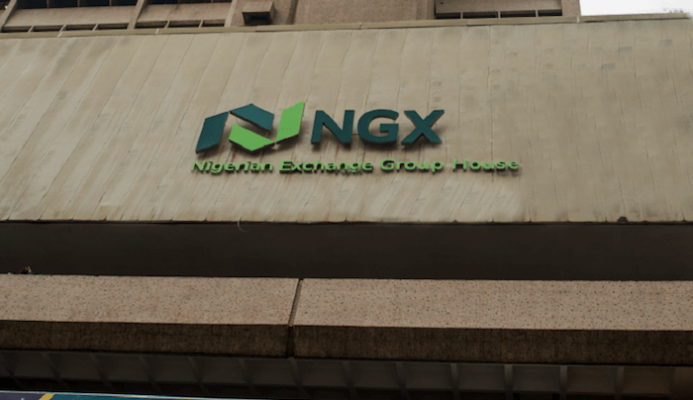OPEC and non-member oil producers moved closer on Wednesday to clinching a deal on extending output cuts by nine months to clear a global stocks overhang and prop up the price of crude.
The Organization of the Petroleum Exporting Countries meets in Vienna on Thursday to consider whether to prolong the accord reached in December in which OPEC and 11 non-members agreed to cut oil output by about 1.8 million barrels per day in the first half of 2017.
The market sees an extension by nine months as the base-case scenario since OPEC’s de facto leader Saudi Arabia and top non-member Russia said this month they favoured such a move.
Saudi ally Kuwait signalled on Wednesday OPEC could discuss deepening the cuts, in what would come as a positive surprise for market bulls, but hopes quickly faded after a key committee recommended keeping the curbs unchanged.
Two OPEC sources told Reuters a ministerial committee comprising OPEC members Algeria, Kuwait, Venezuela, current OPEC president Saudi Arabia and non-OPEC producers Russia and Oman recommended keeping the cuts “at the same level”.

OPEC 2nd Joint Ministerial Monitoring Committee meeting.
The committee said in a statement it had recommended extending the cuts by nine months to March 2018.
Saudi Energy Minister Khalid al-Falih gave the thumbs up when asked whether the committee had agreed on a nine-month extension.
“Before the end of the year, prices may go above $55 a barrel,” Algerian Energy Minister Noureddine Boutarfa told Reuters before the committee meeting, saying an extension by nine months should help clear the glut by the year-end.
Saudi Arabia and Russia have said that extending output curbs by nine months rather than the initially planned six months would help speed up market rebalancing and prevent crude prices from sliding back below $50 per barrel.
“OPEC has already achieved a lot. They stopped the oil market surplus from building even before they started cutting,” said Gary Ross, head of global oil at PIRA Energy, a unit of S&P Global Platts.
Most OPEC ministers including Iraq’s have already voiced support for extending cuts by none months.
Iranian Oil Minister Bijan Zanganeh, who clashed with Saudi Arabia in many previous OPEC meetings, has so far kept a low profile, saying extensions of six or nine months were possible. Zanganeh is due in Vienna later on Wednesday.
Under the existing deal, Iran received an exemption slightly to raise output, which has been curtailed by years of Western sanctions. Iran’s production has been stagnant in recent months, suggesting limited upside potential at least in the short term.
Deeper cuts
OPEC’s cuts have helped push oil back above $50 a barrel this year, giving a fiscal boost to producers, many of which rely heavily on energy revenues and have had to burn through foreign-currency reserves to plug holes in their budgets.
Oil’s earlier price decline, which started in 2014, forced Russia and Saudi Arabia to tighten their belts and led to unrest in some producing countries including Venezuela and Nigeria.
But surprises on Thursday are still possible.
A substantial additional cut was unlikely, one OPEC delegate said, “unless Saudi Arabia initiates it with the biggest contribution and is supported by other Gulf members”.
By 1340 GMT on Wednesday, Brent crude was trading broadly flat just above $54 a barrel.
The price rise this year has spurred growth in the U.S. shale industry, which is not participating in the output deal, thus slowing the market’s rebalancing with global stocks still near record highs.
“Production cuts cause higher prices which will incentivize more production for the U.S. shale oil and reduce the impact of the production cuts. So it’s a bit cyclical,” said Sushant Gupta, research director for consultancy Wood Mackenzie.
OPEC has a self-imposed goal of bringing stocks down from a record high of 3 billion barrels to their five-year average of 2.7 billion.
Algeria’s Boutarfa said he believed stocks remained stubbornly large in the first half of 2017 because of high exports from the Middle East to the United States.
“Thankfully, things are improving and we started seeing a draw in inventories in the United States,” Boutarfa said, adding he believed that inventories should decline to their five-year average by the end of 2017.
One industry source close to OPEC said the group could also send a message about tighter exports but it was unclear how that could be presented on Thursday.
Courtesy Reuters








